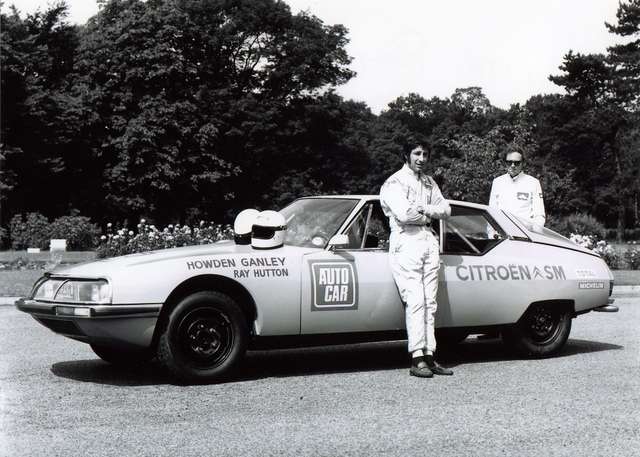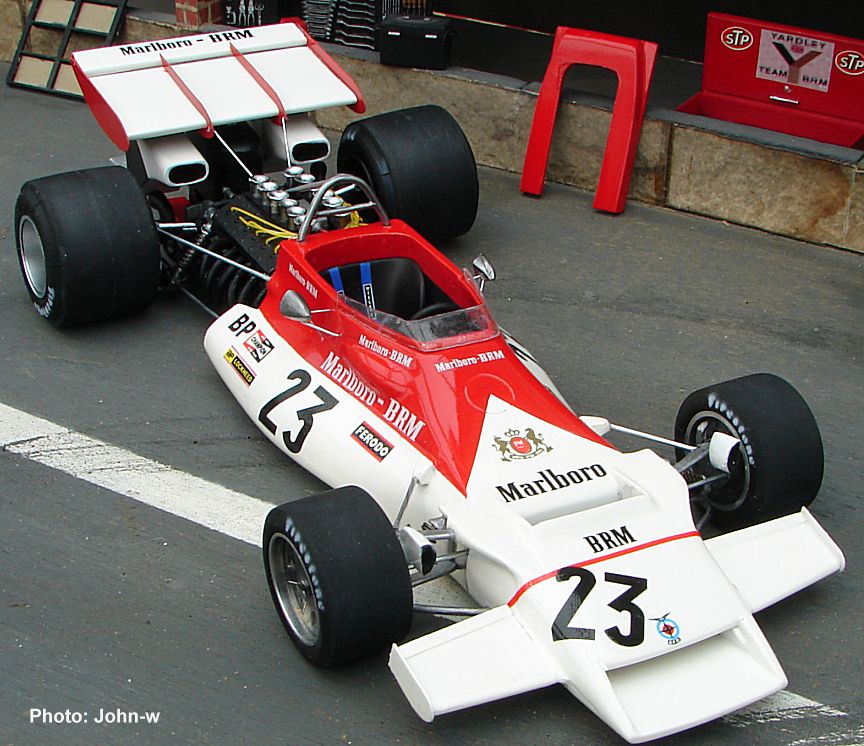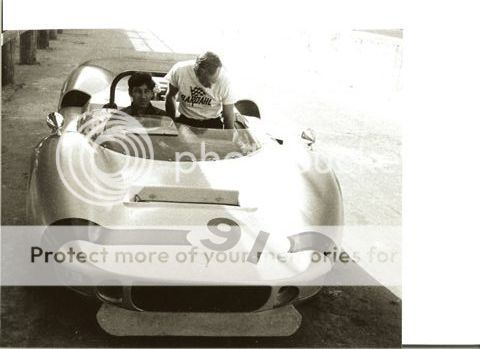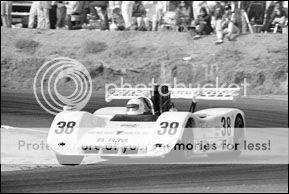Posted 29 October 2007 - 17:29
Here i a little info.
1961, Citroën began work on 'Project S' - a sports variant of the revolutionary Citroën DS. As was customary for the firm, many running concept vehicles were developed, increasingly complex and upmarket from the DS - eventually becoming a halo vehicle for the brand. Citroën purchased Maserati in 1968 with the intention of harnessing Maserati's high performance engine technology to produce a true Gran Turismo car, combining the sophisticated Citroën suspension with a Maserati V6 engine.
The result was the Citroën SM (Sport Maserati), first shown at the Geneva Motor Show in March 1970. It finally went on sale in France in September of that year. All produced were left-hand-drive, although some RHD conversions were done in the UK.
The SM was Citroën's flagship vehicle, competing with other high performance GTs of the time from manufacturers such as Jaguar, Lotus and Porsche. It was also Citroën's way of demonstrating just how much power and performance could be accommodated in a front-wheel drive design.
The SM innovated a new type of variable assist power steering that has since spread throughout the vehicle population. It allowed great assistance to the motorist while parking, but little assistance at motorway speeds. The steering actually had the same "assist" at all speeds - the steering was hydraulically locked against steering movement of the wheels from the road ("feedback") up to the capacity of the unit. Hitting a pothole at high speed would not turn the steering wheel in the driver's hands! The hydraulic pressure to the power centering unit increased with speed, giving the impression of less and less power "assist." Enough pressure was admitted to the centering unit to return the wheels to the straight ahead position when the car was not moving. The centering pressure was regulated by a flyweight centrifugal governor driven by the pinion (secondary) shaft of the manual gearbox and by a proportioning valve connected to the pressure in the automatic gearbox, which pressure was proportional to the speed of the output shaft.
Contemporary automotive journalists were most effusive about the SM's dynamic qualities, which were unlike anything they had experienced prior. The SM provided a combination of comfort, sharp handling, and high performance not available in any other car at the time. Popular Science noted that the SM had the shortest stopping distance of any car they had tested. To this day this stopping distance remains outstanding.
































